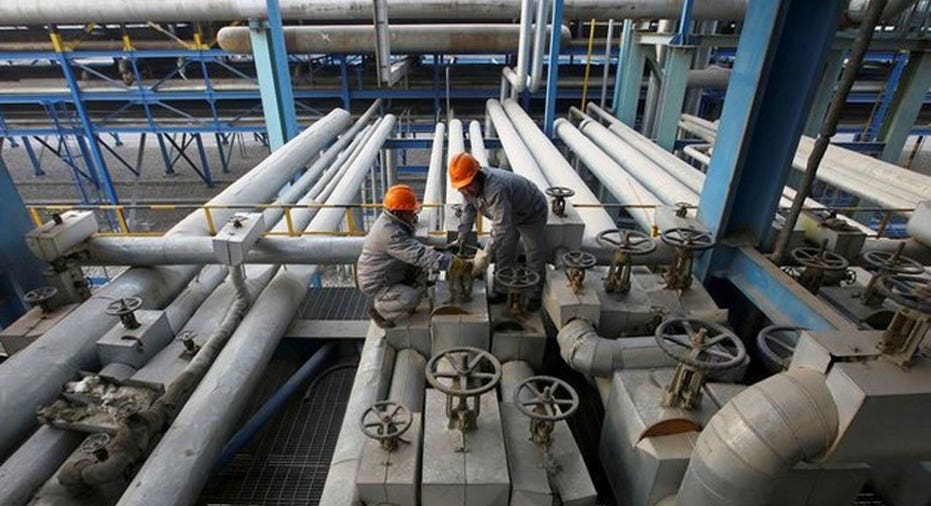Oil hits new two-and-a-half year highs as higher output looms

SINGAPORE/LONDON (Reuters) - Oil prices rose on Wednesday to new two-and-a-half year highs as robust output in the United States and Russia balanced tensions from a sixth day of unrest in OPEC member Iran.
U.S. West Texas Intermediate (WTI) crude futures were at $60.87 a barrel at 1241 GMT, up 49 cents from their last close and their highest level since June 2015.
Brent crude futures - the international benchmark for oil prices - were at $67 a barrel, up 43 cents but still trailing Tuesday's high of $67.29 that was the most since May 2015.
Carsten Fritsch, an analyst at Commerzbank, warned that prices faced a correction as support lent by unrest in Iran will weaken unless the situation begins to affect oil production, which is not yet the case, or the United States re-imposes sanctions.
"It's surprising that prices remain at such elevated levels near two-and-a-half year highs despite the main cause of the recent rally disappearing," Fritsch said, referring to the restart of the North Sea Forties pipeline system.
Commerzbank predicts Brent will see out 2018 at $60 a barrel.
Traders said markets had recently overshot as U.S. production is set to rise further and doubts are emerging about whether demand growth can continue at current levels.
Ole Hansen, head of commodity strategy at Denmark's Saxo Bank, warned "multiple but temporary supply disruptions" like the North Sea Forties and Libyan pipeline outages (and) protests across Iran ... helped create a record speculative long bet."
With the pipeline outages resolved and the protests in Iran showing no signs of affecting its oil production, Hansen said there was potential for a price downturn in early 2018, especially due to rising U.S. output.
"It is only a matter of time before the 10 million barrel per day (bpd) (U.S.) production target will be reached," Hansen said.
Supplies were healthy. U.S. oil production has risen by almost 16 percent since the middle of 2016, hitting 9.75 million bpd at the end of last year.
Concerns over Russia potentially not fully living up to its OPEC pledge to cut output by 300,000 bpd from the 30-year monthly high of 11.247 million bpd hit in October 2016 weighed on sentiment.
The latest data for 2017 shows Russian output rose to an average of 10.98 million bpd, compared with 10.96 million bpd in 2016 and 10.72 million bpd in 2015.
"Even though they have reduced that astronomical number (from Oct. 2016), they are still producing more (in 2017 than in 2016)," said Matt Stanley, a fuel broker at Freight Investor Services (FIS) in Dubai.
Commerzbank said in a note that despite the marginal annual increase Russia was still complying with its deal to cut output as seen in the lower December production figure of 10.95 million bpd.
Saxo Bank's Hansen said he also had "some concerns about the Chinese economy in 2018 that ultimately could lead to lower than expected demand growth."
As a result, he said his bank saw lower crude prices by the end of the year, with Brent at $60 per barrel and WTI at $57.
(Reporting by Henning Gloystein and Oleg Vukmanovic; Editing by Christian Schmollinger and Adrian Croft)



















